Premium Only Content
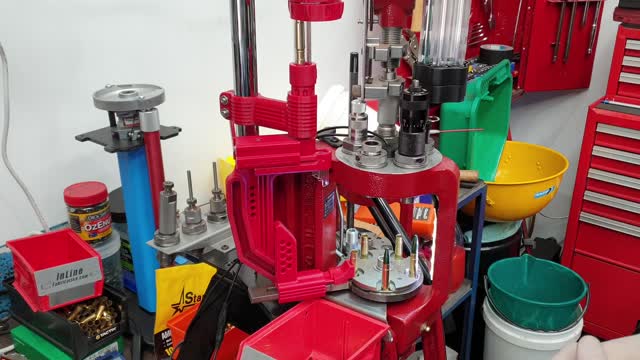
Loading 300BLK Rifle ammunition
The 300BLK (300Blackout) caliber rifle cartridge is often looked down upon in comparison to many other currently available rifle calibers. Here in Australia this is even more prevalent since we are not allowed to use suppressors on rifles at all. The 300BLK bodes very well in suppressed form especially in military, security and Police applications.
It was developed for its ability to be suppressed using a heavy bullet and lighter than normal powder loads. Since it was mainly intended as a closer quarters round in suppressed form to reduce noise but still have sufficient torque to take down enemy forces in stealth mode.
Shooters who mainly hunt or do target shooting immediately looked at the ballistics of this round and noted its longer distance bullet drop to be excessive compared to other flatter trajectory cartridges even in higher velocity unsuppressed loads.
The fact is, most hunters of varmints and small to medium pests and game are most often shooting at distances of 50 meters to about 150 meters and up to 200 meters.
In distances like this the 300BLK shines very brightly in my opinion with typical supersonic loads.
My own experience with the 300BLK is in two distinctly different carbine style rifles...a Ruger Ranch Rifle bolt action with 16" barrel and a Warwick Firearms straight pull bolt rifle with 14" barrel. I'm not a hunter but have shot both these rifles extensively at targets mostly at an average of 100 to 150 meters. Even with the rounds shown in this video which features a 138gr cast lead Spitzer style bullet which has been double coated with polymer Hi Tek coating eliminating the need for gas checks even at velocities to 2000fps.
The load shown here is deadly accurate at 100 meters or so and develops 1750-1800fps through the 16" barrel Ruger Ranch Rifle. About 100fps less in the Warwick but only marginally less accurate than the 16" barrel rifle at 100 meters.
The coated lead bullet leaves absolutely no lead deposits in either rifle barrel. The coating has greatly reduced friction compared to a jacketed bullet and reduces barrel where dramatically.
Bullet cost is a fraction the price of a jacketed bullet although the reloading process with a cast bullet like this adds a few steps...
1) Station # 1 Case flaring die
2) Station # 2 Powder drop
3) Station # 3 Bullet drop
4) Station # 4 Bullet seating
5) Station # 5 Taper crimp die to secure bullet and close case mouth flare
-
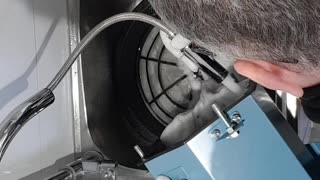 3:50
3:50
Reloading technology
4 years ago $0.12 earnedUnloading brass tumbler tank
6162 -
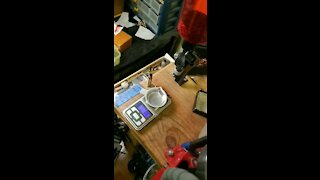 0:37
0:37
brigond
4 years ago $0.01 earnedRifle Gunpowder Precise Loading individually
119 -
 0:46
0:46
PaineExcavatingLLC
4 years agoLoading demo concrete
112 -
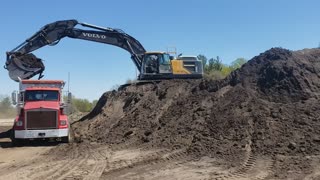 0:31
0:31
HESEquipment
4 years agoEC480EL top loading
106 -
 1:05
1:05
PaineExcavatingLLC
4 years agoLoading truck
19 -
 1:22
1:22
KiwiLimon_SeasonalRecipes_English
4 years agoAmmunition Soup with Beans
40 -

Law&Crime
1 hour ago $0.63 earnedLIVE: Adelson Matriarch Murder Trial — FL v. Donna Adelson — Day 3
10.7K -
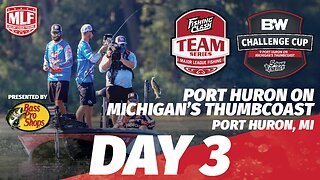 LIVE
LIVE
Major League Fishing
4 days agoLIVE! - Fishing Clash Team Series: Challenge Cup - Day 3
217 watching -
 LIVE
LIVE
Surviving The Survivor: #BestGuests in True Crime
1 hour agoCourt Stream: Donna Adelson Trial DAY 3 of Testimony
97 watching -
 LIVE
LIVE
Wendy Bell Radio
6 hours agoWhat Hill Will Democrats Choose To Die On?
8,315 watching